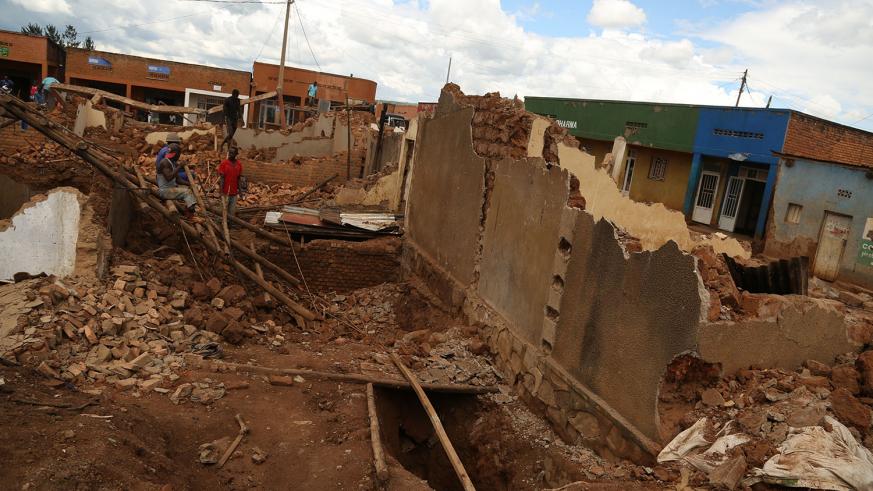
Genocide: Over 18,000 victims exhumed in Kigali mass graves
Consequently, remains of 18,331 Genocide victims have been exhumed from the mass graves from Gasabo and Kicukiro districts.
According to Ibuka, the umbrella organisation of Genocide survivors, the exercise started early April after information emerged that there were mass graves in two sectors; Rusororo in Gasabo and Masaka in Kicukiro District.
The Executive Secretary of Ibuka, Naphtal Ahishakiye, confirmed to The New Times that remains of at least 12,900 victims were recovered in mass graves in Kabeza village, Kabuga I cell in Rusororo Sector while over 5,400 were discovered from mass graves in Masaka.
“So far, we have exhumed 41 mass graves from both Rusororo and Masaka, we have also moved all the remains to Nyanza Memorial Site in Kicukiro for their security and safety,” he said.
Most of these mass graves were found beneath houses in residential neighbourhoods.
He added that Ibuka was working with local leaders and citizens to see if there are other mass graves which can be exhumed before they can give all the discovered remains a decent burial.
“We are looking for more information to ascertain whether there could be more mass graves so that we exhume the victims and then decide on when to give them a decent burial. All in all, we will not wait for long, we will inter them soon,” he added.
According to local sources, the mass graves in Rusororo were dug in 1992 by then leaders with plans to dump there Tutsi during the Genocide.
According to officials from Ibuka, it is inconceivable that the mass graves had been there for years but local residents and Genocide convicts from the area had kept silent.
The area in Rusororo had been known to contain bodies of Genocide victims and at one point, government availed a tractor to exhume bodies but nothing could be found because the indicated spot was not the right one.
No one had conclusive information on where exactly the mass graves were, he said.
It is said that some victims from the mass graves had fled Kabuga town to surrounding communes (districts) and ended up being killed and dumped in the mass graves.
Impeding reconciliation
According to Ahishakiye, it is difficult to promote unity and reconciliation in a situation whereby convicts as well as eyewitnesses withhold information of the whereabouts of Genocide victims despite constant pleas to do so.
“It’s a pity that some people can’t still reveal the whereabouts of victims 24 years later, genocide took place in broad day light and the public, including the perpetrators, should play a role in revealing the whereabouts of the victims” he said.
“It affects society, and especially the young generation, because if a parent can build a house over bodies which in the end are discovered and exhumed, children are the most affected,” he noted.
Survivors whose departed relatives were among whose bodies were recovered expressed relief.
Over a million people lost their lives during the 1994 Genocide against the Tutsi.
